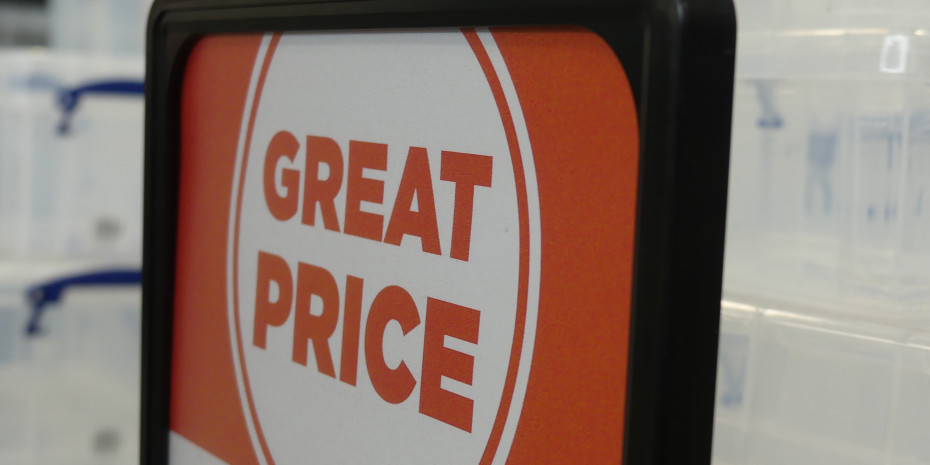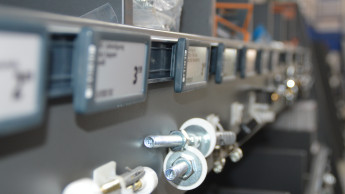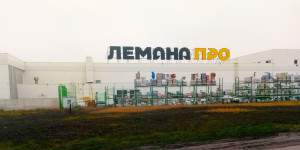Offering the most attractive pricing on the items shoppers care most about is key to gaining a competitive edge in today’s challenging market. Price too high and you lose the trust of consumers. Price too low and you’re putting your business’s performance at risk.
This is particularly true in the DIY space, where retailers need to serve a variety of customer segments with vastly different behaviours. DIY retailers must cater with equal ease to both contractors relying on volume discounts and casual shoppers. Adding to that challenge, the inventory found at home improvement retailers is more difficult to price than that found in many other retail segments.
Here are five reasons DIY retailers face unique pricing challenges:
1. Scale – DIY stores carry a massive number of products. Think about the uniqueness of light bulbs, paint colours, screws and nails multiplied by the various sizes, measurements, etc. It’s much harder to optimally price at a DIY retailer that could have hundreds of thousands of SKUs, compared to a retailer that may have only a few thousand products. Not only is it harder to price DIY items individually, but it also makes it more challenging to price them in relationship with one another.
2. Data scarcity – Because DIYs are the only hope for somebody who needs a very specific product (odd tool size or unique light bulb, etc), a lot of products carried by DIY retailers are very low-volume/velocity products. Due to their limited sales history, demand for these items is harder to model, optimise and forecast than for a product that sells much more frequently.
3. Cannibalisation/Affinity impacts – Cannibalisation and affinity occur in all retail segments. For example, in a grocer, if you buy hot dogs, you are likely to add buns to your basket. If you buy medium salsa, you’re likely to cannibalise from a different salsa. In DIY, cannibalisation and affinity impacts are even more extreme. Consider this: most consumers who are buying a new refrigerator are not going to buy another refrigerator for a very long time. Most consumers who buy certain home supplies are almost always likely to buy certain affinity products (drills and bits, electronics and batteries, potting soil and plants, etc). This makes it even more important to fully understand the impacts of cannibalisation and affinities as a DIY retailer.
4. Tiered pricing – Because a lot of customers at DIY retailers are business owners, contractors, etc, there is a need for quantity discounts, meaning that different prices are offered based on how many items are purchased. For instance, a bag of soil might be one price for a normal walk-in shopper, but if someone who owns a landscaping business buys 50 bags, the price paid per bag will be lower. Oftentimes these tiered pricing structures can be very complex. We’ve seen retailers with as many as five or six pricing tiers corresponding to the volumes purchased.

5. Financing/Installations/Warranties/Shipping – If you buy an item at most retailers, you’ll pay a set price and then receive the product. For DIY, it gets more complicated when you consider items like washing machines and other big-ticket products. Often the decision to purchase isn’t based on the sticker price alone but also all the other factors leading to the final price, including warranties, installation fees, and delivery and assembly costs. Financing is also tricky, as consumers are highly concerned about financing fees, which creates new pricing dimensions to consider.
Given the five complexities noted above, and many others, DIY retailers are turning to sophisticated AI platforms to help them solve the unique pricing challenges they face. AI models accurately forecast demand changes and recommend optimal prices specific to each DIY retailer’s unique goals and its customers’ behaviours and buying patterns. Prices can be optimised at every level – product, key value item groups, stores and channels, categories, etc. – and robust reporting is available on the impact and value generated by price changes.
With the help of AI, DIY retailers can offer better, fairer, more value-driven prices than their competitors that don’t use AI. At the core of a great price optimisation solution is understanding what your customers want and how they will react to pricing moves.
The right steps now will lay the foundation for successful AI pricing. Ensuring clean and accurate data will drive better outputs. Evaluating your pricing strategy will reveal opportunities to grow market share and enhance price perception in an ultra-competitive field. Adopting a solution powered by superior science and deep expertise will help your team tackle with speed and efficiency all the pricing challenges that are specific to your business and industry.
Matt Pavich, Senior Director of Strategy and Innovation at Revionics, an Aptos Company.

 Menü
Menü















 Newsletter
Newsletter